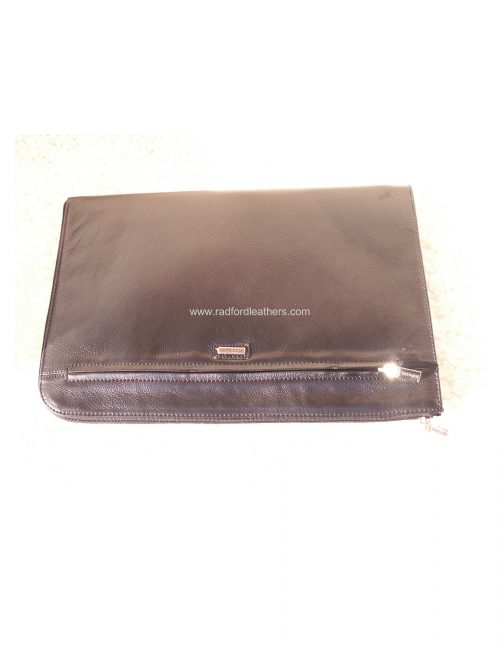
The intellectual content in a physical book need not be a composition, nor even be called a book. In an unrestricted sense, a book is the compositional whole of which such sections, whether called books or chapters or parts, are parts. Each part of Aristotle's Physics is called a book. In a restricted sense, a book is a self-sufficient section or part of a longer composition, a usage reflecting that, in antiquity, long works had to be written on several scrolls and each scroll had to be identified by the book it contained.
A single sheet in a codex is a leaf and each side of a leaf is a page.Īs an intellectual object, a book is prototypically a composition of such great length that it takes a considerable investment of time to compose and still considered as an investment of time to read. In the history of hand-held physical supports for extended written compositions or records, the codex replaces its predecessor, the scroll. The technical term for this physical arrangement is codex (plural, codices).

It can also be a handwritten or printed work of fiction or nonfiction, usually on sheets of paper fastened or bound together within covers. The Gutenberg Bible, one of the first books to be printed using the printing press LiteratureĪ book is a medium for recording information in the form of writing or images, typically composed of many pages (made of papyrus, parchment, vellum, or paper) bound together and protected by a cover. For other uses, see Book (disambiguation).


 0 kommentar(er)
0 kommentar(er)
